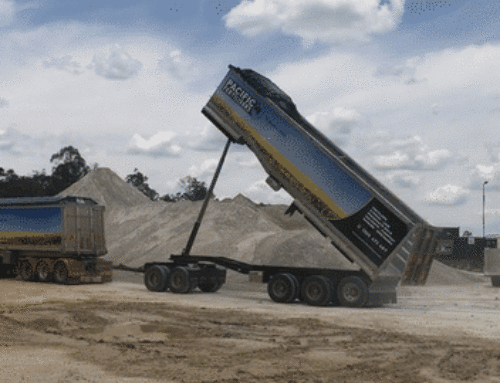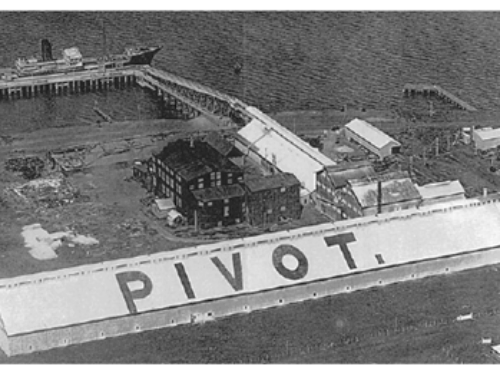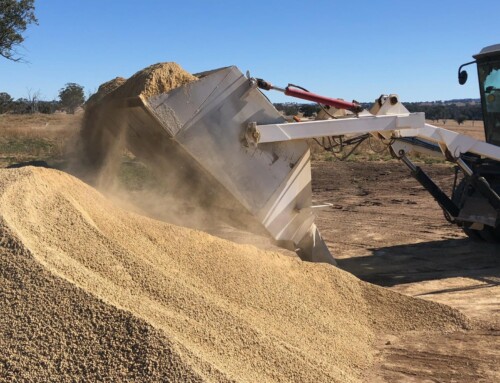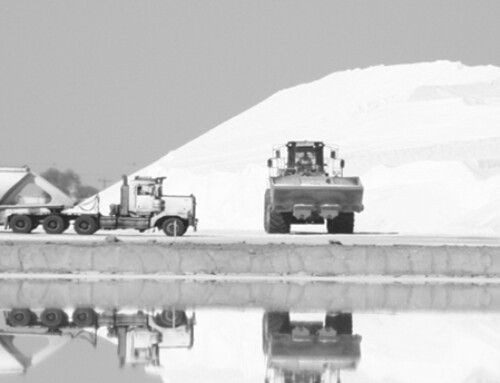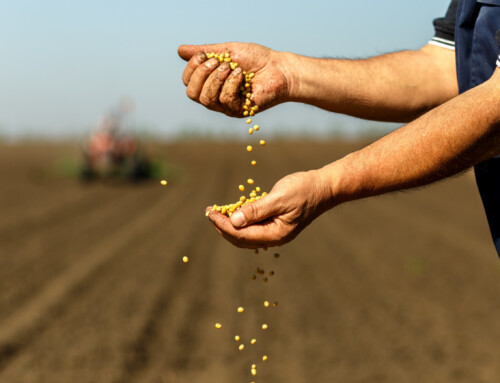The matter of irrigation water quality is becoming more important, since many growers are either irrigating with snow melt runoff from or poor-quality subsurface water. One of our most important current issues with growing crops in areas with alpine catchments is the issue of water quality and how it relates to soil structure, crop quality and crop production.
Irrigation water that is very low in total salts can also be a problem because the low infiltration rate produces more run-off under the emitters. This is due to the high surface tension of low-salinity water, such as snow melt. The addition of any salt will tend to reduce this surface tension and increase water infiltration rates. Gypsum is a very common choice for this application.
For irrigation water to be effective, it must penetrate into the soil, supplying enough water to sustain the crops until the next irrigation or rain event. But most snow melt irrigation water used can be harmful over the long term to good soil structure, and eventually to plant growth and crop quality. Because infiltration problems develop slowly, they are often overlooked and even go unnoticed. However, in many cases the soils become increasingly less productive.
Salinity—electrical conductivity of water (EC)—and sodium content or sodicity—exchangeable sodium percent (ESP)—of irrigation water especially influence to what extent soil particles remain together or separate (flocculate and deflocculate). The higher the sodium content (and ESP) and lower the total salt content of irrigation water, the more likely soil particles will become separated and disorganized. This is caused by a chemical imbalance between calcium and sodium plus magnesium (both villains to good soil structure). Since both salinity and the amount of sodium and magnesium in irrigation water influence aggregate stability, all must be considered when determining the likelihood that water quality can reduce water infiltration.
Correcting Water Penetration Problems. There are several ways to help improve water infiltration problems including:
• The addition of calcium to the water or soil of Gypsum which is a salt based mineral containing both calcium and sulphur
• Physically breaking surface crusts and compacted soils with use of chisels, rippers, etc.
• The addition and use of organic matter such as composts and manures to improve the stability of soil aggregates
• The use of wetting agents and related products that can greatly help with soil hydrophobicity.

